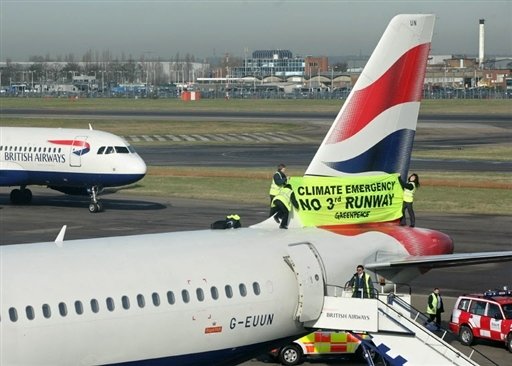At a recent conference on adaptation in London, I co-authored a presented paper (with Suraje Dessai, Mike Hulme, and Rob Lempert) on the the role of climate model forecasts in support of adaptation. Our argument is that climate models don’t forecast very well on time and spatial scales of relevance to decision makers facing adaptation choices, and even if they did, given irreducible uncertainties robust decision making is a better approach than seeking to optimize.
For more evidence of why it is that climate models are of little predictive use in adaptation decision making, consider the recent discussion of cooling in Antarctica and the southern oceans from RealClimate:
The pioneer climate modelers Kirk Bryan and Syukuro Manabe took up the question with a more detailed model that revealed an additional effect. In the Southern Ocean around Antarctica the mixing of water went deeper than in Northern waters, so more volumes of water were brought into play earlier. In their model, around Antarctica “there is no warming at the sea surface, and even a slight cooling over the 50-year duration of the experiment.” In the twenty years since, computer models have improved by orders of magnitude, but they continue to show that Antarctica cannot be expected to warm up very significantly until long after the rest of the world’s climate is radically changed.
Bottom line: A cold Antarctica and Southern Ocean do not contradict our models of global warming. For a long time the models have predicted just that.
Today CSIRO in Australia reports that southern oceans have in fact been warming:
The longest continuous record of temperature changes in the Southern Ocean has found that Antarctic waters are warming and sea levels are rising, an Australian scientist said Monday.
I have no doubt that these observations of warming will also be found, somehow, to be consistent with predictions of climate models. And that is the problem; climate scientists, especially those involved in political advocacy for action on climate change, steadfastly refuse to describe what observations over the short term (i.e., when most adaptation decisions are made) would be inconsistent with model predictions. So all observations are consistent with predictions of climate models.
The reason for this situation of total ambiguity is a perceived need to maintain the public credibility of climate model predictions over the very long term in support of political action on climate change in the face of relentless attacks for politically motivated skeptics. So what do we get? Nonsensical and useless pronouncements such as a cooling southern ocean and a warming southern ocean are both consistent with climate model predictions, thus we can trust the models.
The lesson for decision makers grappling with adaptation to future climate changes? Make sure that your decisions are robust to a wide range of future possibilities, and use caution in seeking to optimize based on this or that prediction of the near-term future.

